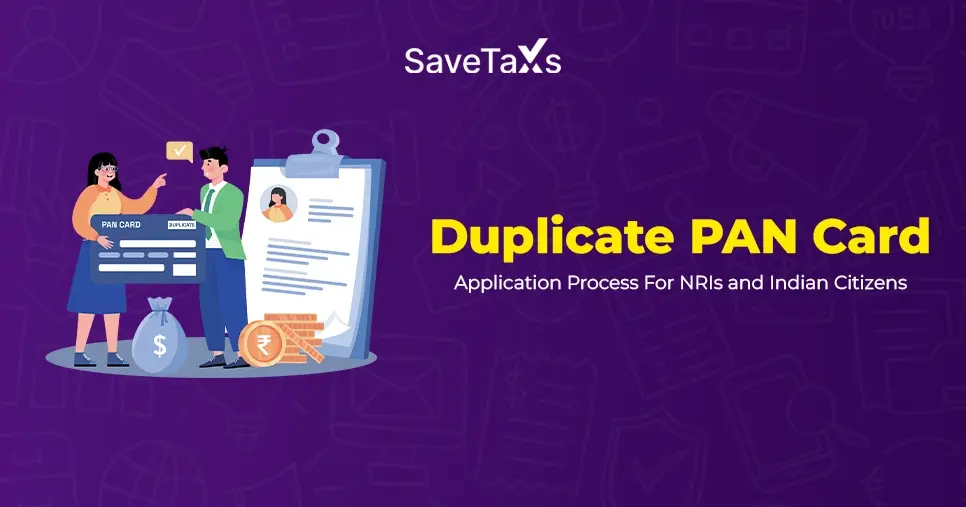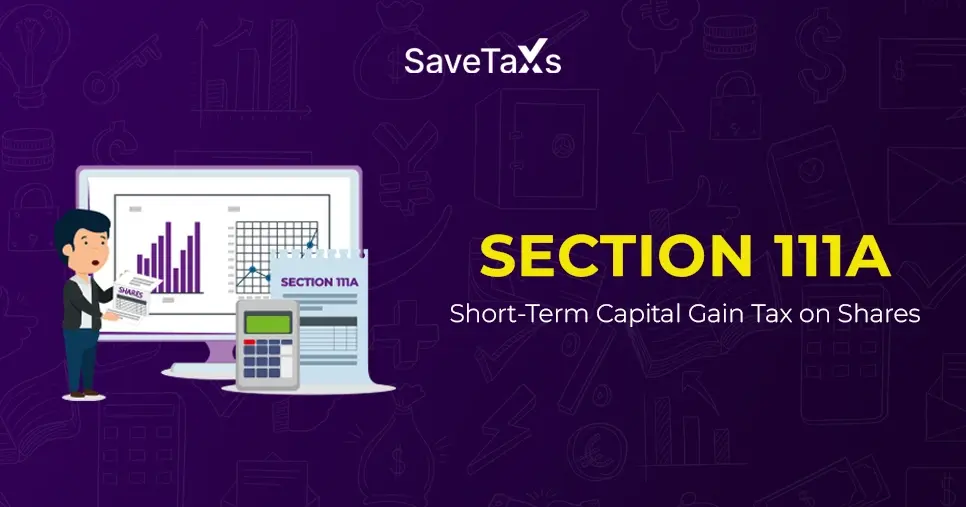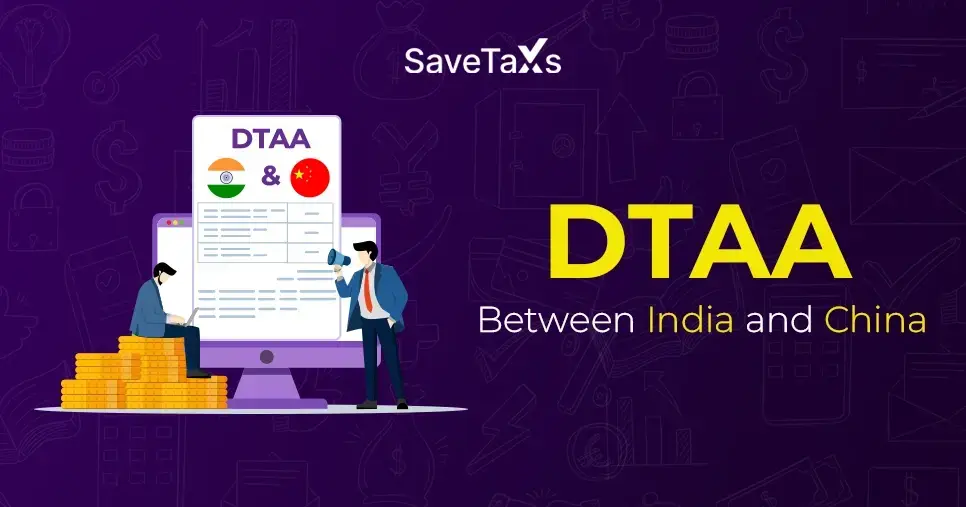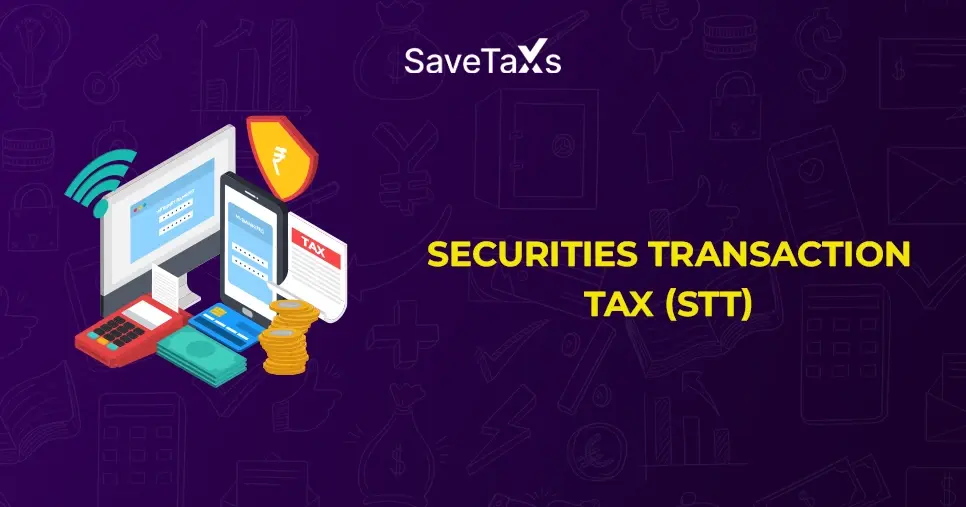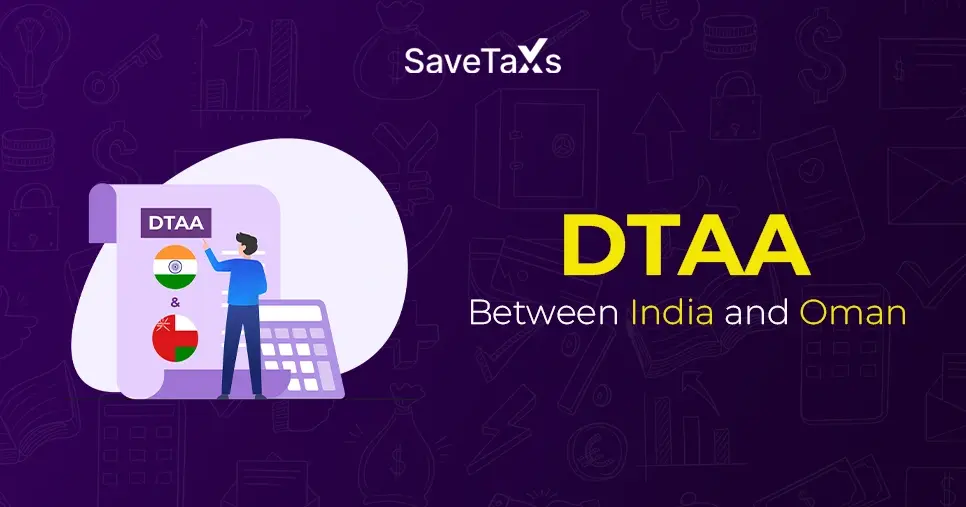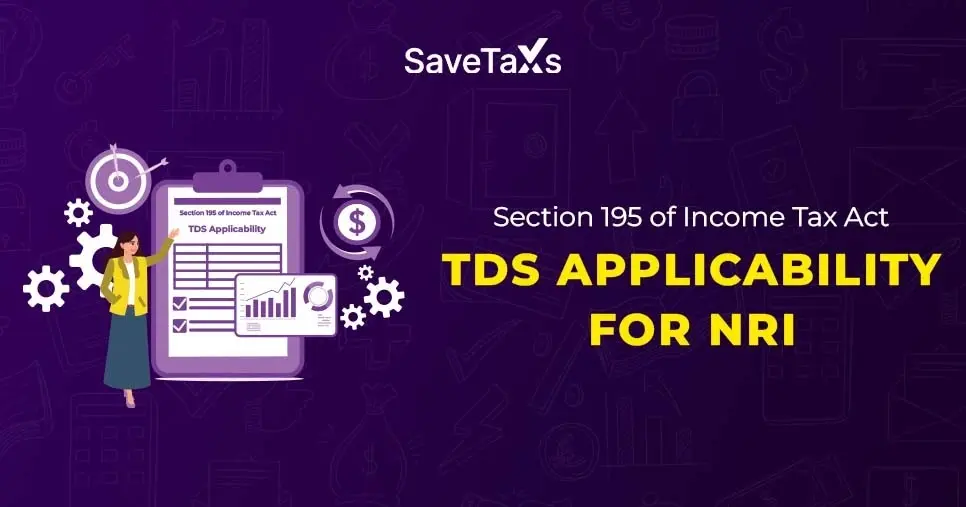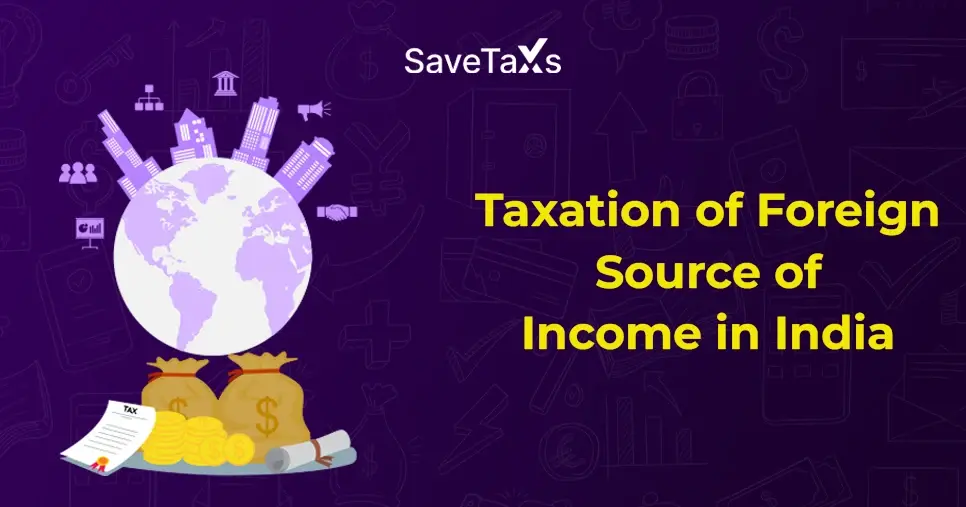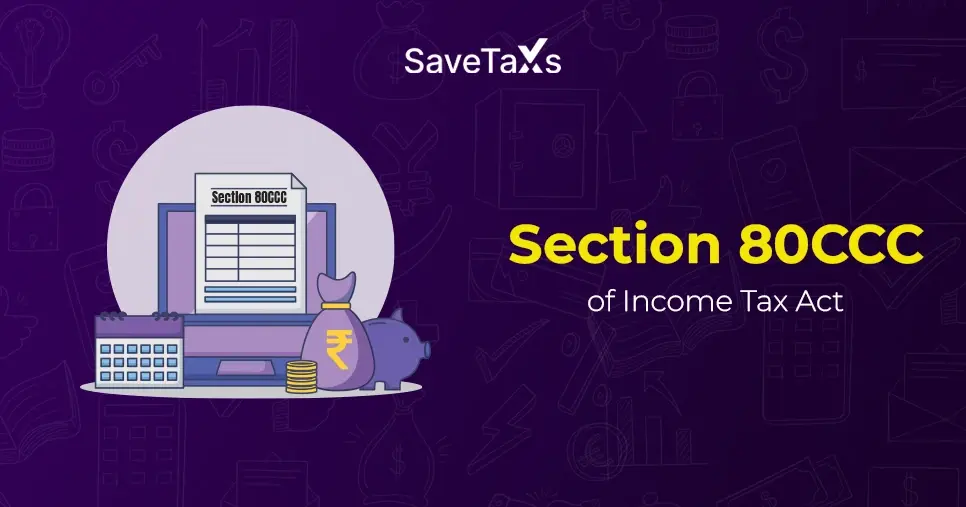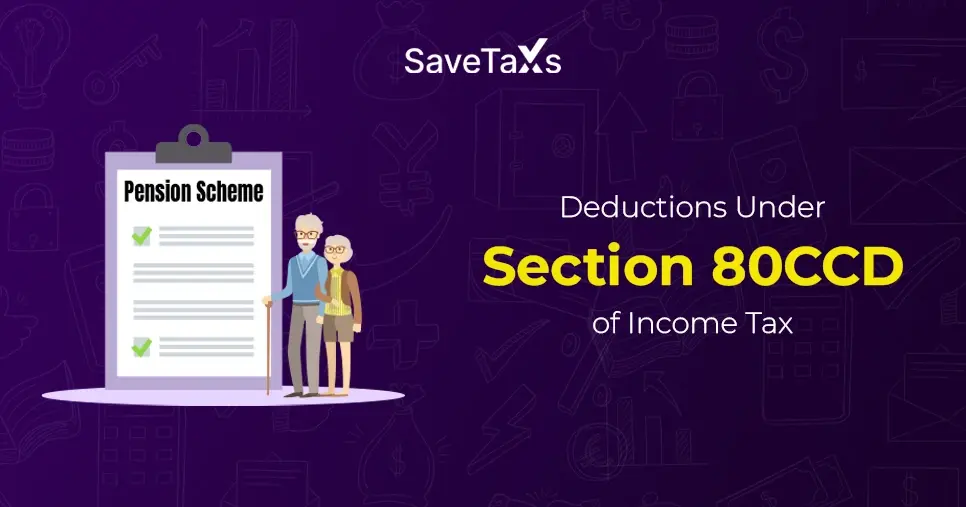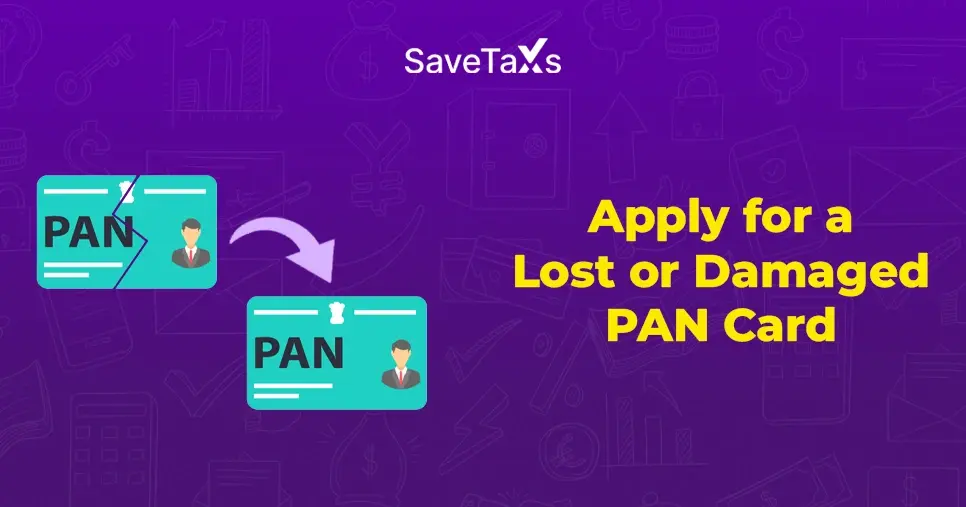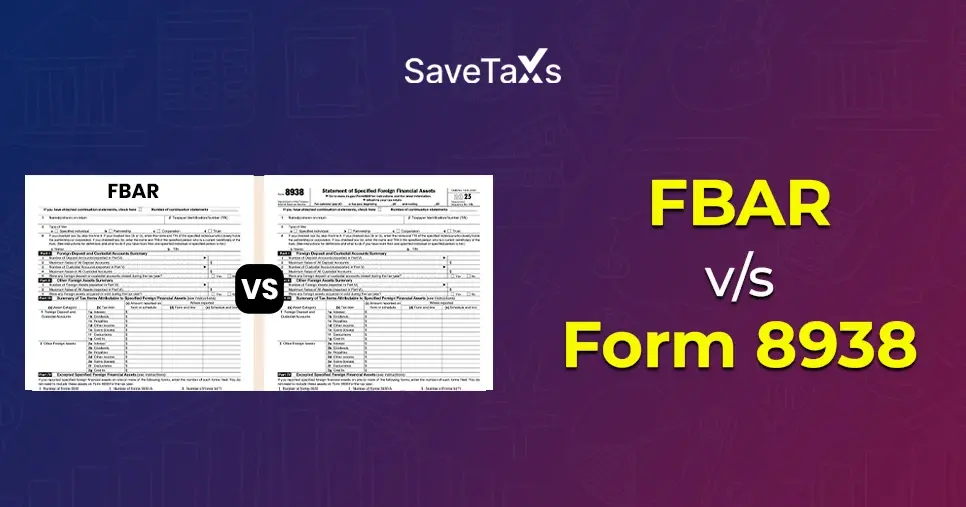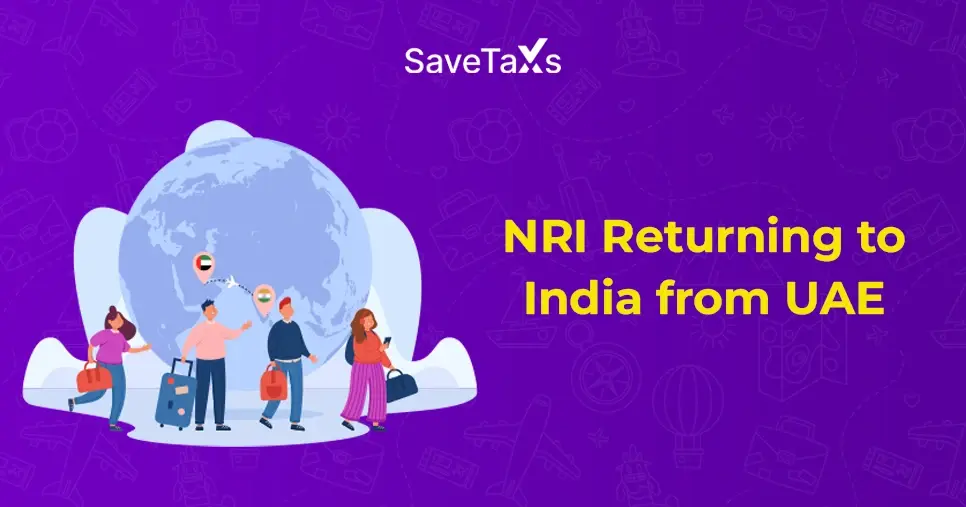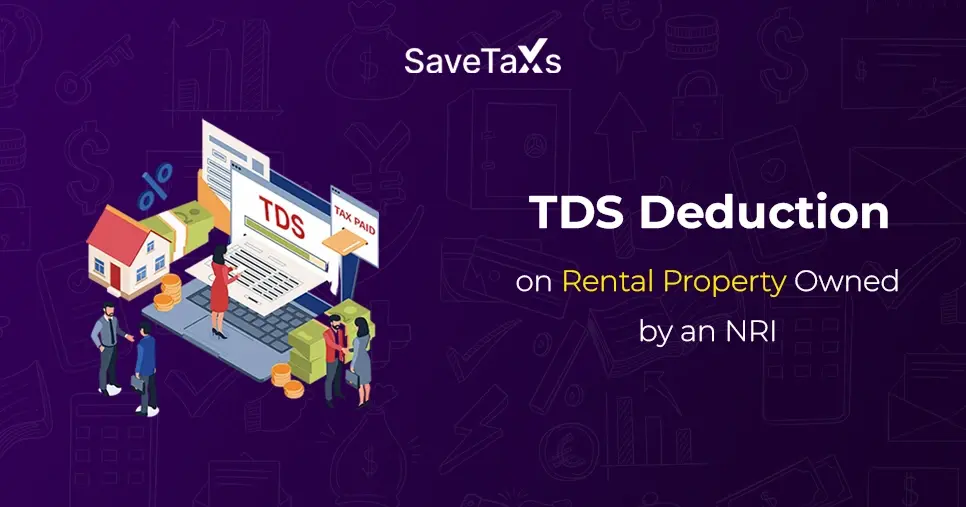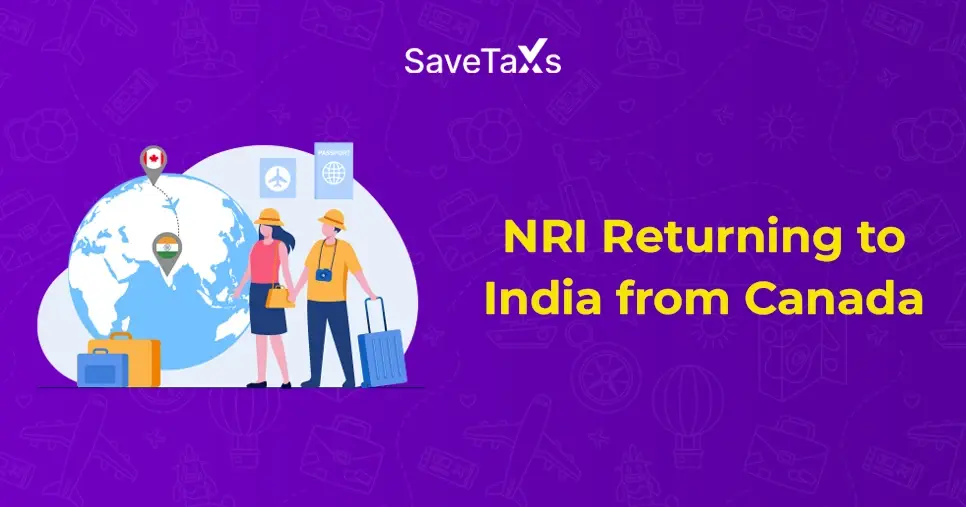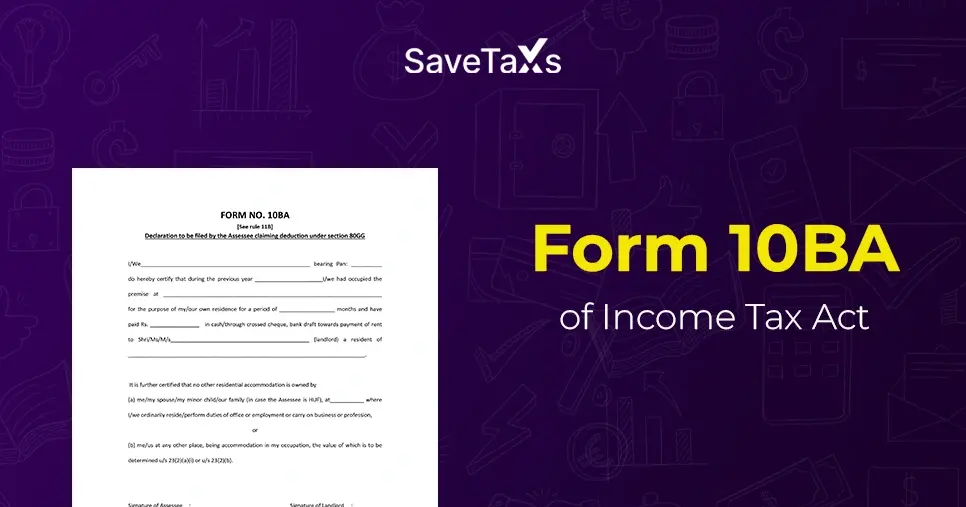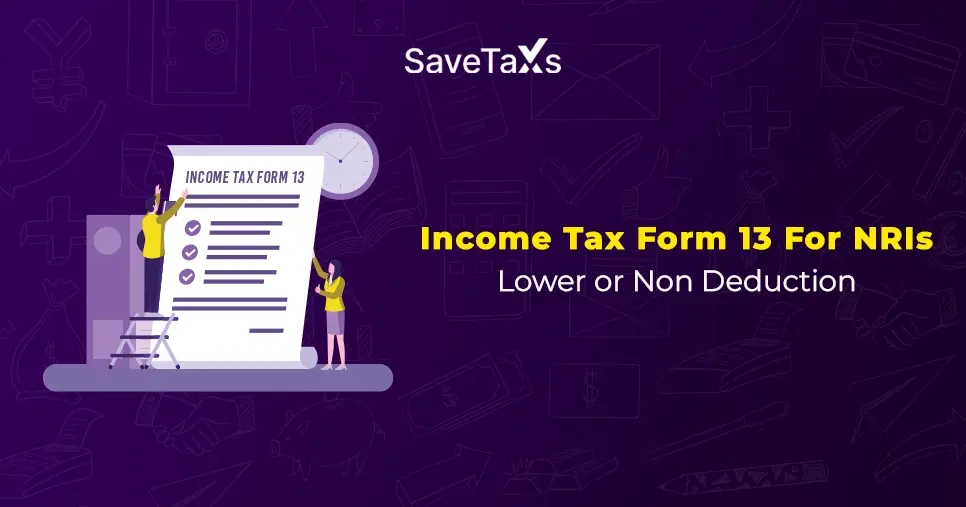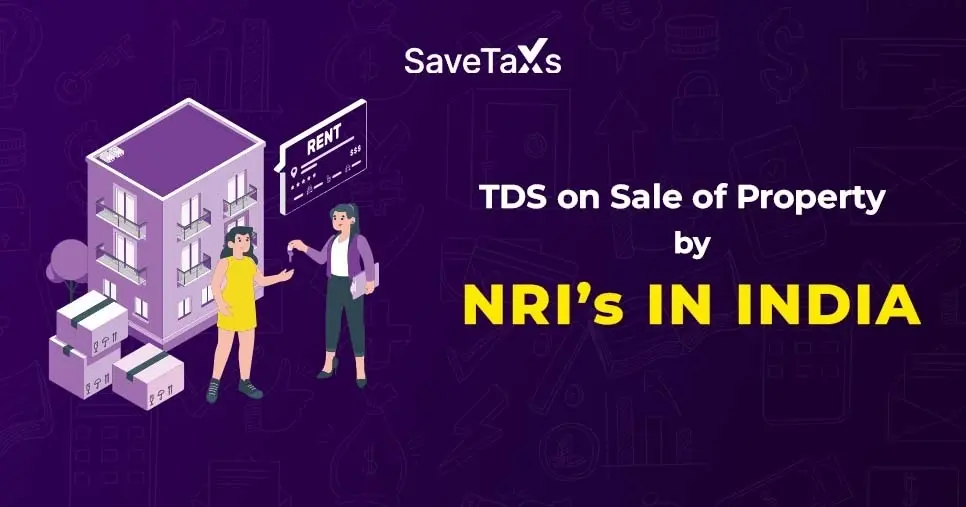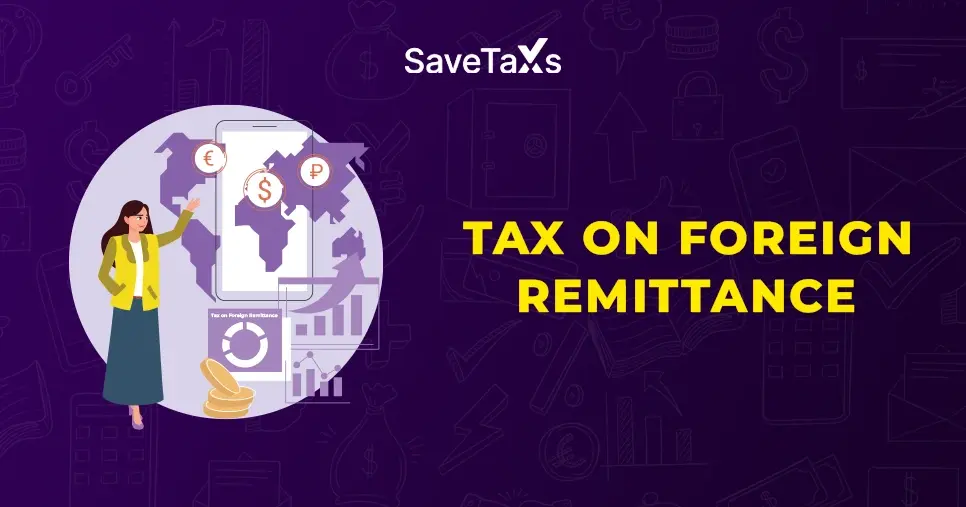Schedule K-1 is a federal tax document used to report the income, losses, and dividends. It reports the income amount that each part is responsible for in a pass-through entity. This includes businesses, financial entities, and partners, as well as S corporation shareholders, etc.
Each shareholder or partner will receive a Schedule K-1, which is used to report income distributions from a trust or estate to its beneficiaries. After which, a partnership files Form 1065. An S-corporation uses Form 1120-S to report its activities. While trusts and estates report the tax K-1 form activity on Form 1041.
Key Takeaways
- The Schedule K-1 is a form that reports the amounts passed to individual parties with an interest in an entity. Such as a business partnership or an S corporation. The information mentioned on the K-1 is then used by the parties to prepare their tax returns.
- Partnerships must prepare a Schedule K-1 to report each partner's share of income, losses, deductions, and credits. It reports these, which are derived from the partnerships' Form 1065.
- Schedule K-1 requires the business entity to keep track of each participant's basis or ownership stake. Also, several other income types can be reported on Schedule K-1.
- S corporations issue a Schedule K-1. It reflects each shareholder's portion of income, lossess, deductions, and credits. The corporation reports these to the IRS using Form 1120S.
- Schedule K-1 must be issued no later than the 15th of March. Or, the third month after the entity's fiscal year ends.
- Certain trusts and estates pass income to the beneficiaries. In such a case, the beneficiaries receive a K-1 that outlines the income they need to report on their tax returns.
A K-1 form is essential under the United States tax code for entities utilizing pass-through taxation. This shifts the income tax responsibility from the earner directly to the individuals who benefit from it. The Schedule K-1 serves as a reporting tool for the amounts passed through to each part having an interest in the entity. Such entities are commonly categorized as pass-through entities.
Aspects of Schedule K-1
Let's have an overview of the Schedule K-1 form:
Partnership Agreements
A partnership is an agreement between two or more individuals who decide to collaborate as partners. The details of this arrangement are outlined in a partnership agreement. At least one general partner (GP) is responsible for managing the partnership.
General partners are fully accountable for their actions and for the actions of other GPs in the partnership. In contrast, limited partners are only liable for the partnership's debts and obligations up to the amount of their capital contributions. The partnership agreement also shows how profits are distributed among partners. This is because it directly influences the details reported on Schedule K-1.
Basis Calculation
Schedule K-1 requires partnerships to monitor each partner's basis in the partnership. In this context, basis represents a partner's investment or ownership interest in the business. A partner's basis increases with capital contributions and their share of profits. However, it decreases with their share of lossess and any withdrawals.
For example, if a partner contributes $50,000 in cash and $30,000 in equipment. Along with a share of income accounting for $10,000 for the year. The partner's total basis would be $90,000, subtracted by any withdrawals they made.
The basis calculation is important because, when the basis reaches zero. Also, any further payments to the partner are taxed as ordinary income. This calculation is reported on Schedule K-1 in the capital account analysis section.
Income Reporting
On Schedule K-1, a partner receives various types of income. It includes rental income from real estate owned by the partnership and income from bond interest and stock dividends.
Many partnership agreements provide guaranteed pay,emts for GPs who invest significant time to manage the business. Additionally, these guaranteed payments are reported on Schedule K-1.
Partnership may earn royalty income or incur capital gains or losses. These are allocated to each partner's Schedule K-1 based on the partnership agreement.
What are the Types of Schedule K-1?
Although the K-1 form for partnerships, S corporations, and trusts differs in appearance. However, all three share the same purpose. They inform the IRS and individual partners, shareholders, and beneficiaries. They report them about income, losses, deductions, credits, and other distributions they may have received.
K-1 Form for Partnerships
It is submitted to the IRS along with the partnership's tax return (Form 1065). After which, it is sent to each partner for inclusion in their personal tax filings.
K-1 Form for S-Corporations
S corporations file an annual tax return using Form 1120-S. They include Schedule K-1 information about each shareholder's income, losses, deductions, and credits.
K-1 Form for Trusts and Estates
Trusts and estates file tax returns using Form 1041. Also, beneficiaries receive a K-1 showing the income they must report on their personal tax returns.
**Note: If you notice any errors on your received Schedule K-1. Then, you should request a correction from the issuer and submit the updated document to the IRS.
Who Needs to Fill Out a K-1?
Only specific entities and partnerships are required to file and issue Schedule K-1 forms to partners and shareholders. Individual taxpayers do not typically submit K-1 forms themselves. However, they must use the K-1 information when filing their personal income tax returns.
The four primary types of entities that are required to file K-1 forms include:
- S corporations
- Trusts and estates
- Business partnerships
- LLCs with multiple partners or those opting to be taxed as corporations.
Each of these entities completes a different K-1 form. These forms may have slight variations based on the type of entity. The three main groups that generally receive a Schedule K-1 are:
- Shareholders and investors
- Business owners, co-owners, and partners
- Individuals receiving income or assets from a trust or estate.
For business partnerships, partners individually pay taxes on their income rather than the partnership itself. They must report their share of income, losses, tax deductions, and credits. The business reported them in the K-1 prepared from the partnership's Form 1065 tax form. As a result, the partnership must prepare a Schedule K-1.
- The partnership submits K-1s to the IRS alongside their tax return. It also provides them to each partners. They utilize them to add the information to their tax returns.
- For instance, if a partnership earns $100,000 in taxable income. Also, if they consist of four equal partners, each partner would receive a K-1 showing $25,000 of income.
In the case of LLCs, these entities are also considered pass-through. So, co-owners and partners report their share of income, losses, and tax-related items. Also, if you have an ownership interest in an LLC, you may get a Schedule K-1.
Notably, not all LLCs will issue K-1s since the IRS may categorize an LLC differently. It means either as a partnership, a disregarded entity, or a corporation. It will depend on the choices made by its members and the number of members involved.
If the LLC has opted to be treated as an S corporation. Then, it will generate a Schedule K-1 (Form 1120-S) for reporting income shares. However, if it opts for classification as a C corporation. Then, no K-1 will be generated as taxes are paid at the corporate level.
What is a Schedule K-1 for S Corps?
S corporations also file their tax returns using Form 1120-S. Also, they provide Schedule K-1s to report each shareholder's share of income, losses, deductions, and credits. Shareholders use the information from the K-1 while preparing their individual tax returns.
Regarding trusts and estates, they file their tax returns using Form 1041. While some trusts pay tax on earnings directly, others pass income to beneficiaries, sometimes doing both. This can depend on the specific income type and the trust's governing documents.
For example, a trust might distribute dividends or interests to beneficiaries while paying tax on capital gains.
- In case the beneficiaries receive a K-1. It indicates the income to report on their tax returns.
- When the beneficiary gets income, the trust or estate reports a similar deduction on its 1041.
- It helps them prevent double taxation on the same income. The income is passed through to a beneficiary, so it will be taxed only once.
How to File a Schedule K-1?
Filing a Schedule K-1 consists of three sections:
It contains the details about the entity. It includes the Employer Identification Number (EIN) and address. Also, information about the tax return filing location and the status of being a publicly traded partnership.
This part focuses on the partner, shareholder, or beneficiary. It outlines their Social Security Number (SSN), address, and their role in the entity. Also, it includes the contributions they have made in terms of profits, losses, capital, and assets.
It lists the share of income, deductions, credits, and other relevant information for the entity. It details a specific amount that needs to be reported.
Reporting Schedule K-1
The Schedule K-1 form differs slightly based on the origination entity, which is a trust, partnership, LLC, or S corporation. However, all K-1s provide crucial information regarding income types, tax deductions, or losses. It allows you to report accurately on your tax return.
Is IRS Schedule K-1 Income Considered Earned Income?
Whether K-1 income is viewed as earned income depends on the recipient's level of participation and status. For beneficiaries of trusts and estates, this income is generally treated as unearned. On the contrary, for general partners and active owners within a pass-through business entity, this income is often considered earned. Also, they may be subject to self-employment tax on it.
When Should I Expect My IRS Schedule K-1?
Schedule K-1 forms are known for their late arrivals. The IRS mandates that they are due by the 15th of March. Or, by the 15th day of the third month following the end of the entity's tax year. There is some confusion about whether this refers to the issuance date. Or, the date they should reach the taxpayers.
Most authorities agree that recipients should expect to receive their K-1s by the 15th of March. If not, then by the closest business day to that.
To Conclude
A Schedule K-1 is a federal tax form that passes through different entities. Such as partnerships and corporations. The form reports the income, losses, and gains passed to each partner in the entity. The recipient then uses this information to prepare their own tax returns. If you need professional assistance, contact the experts at Savetaxs.
With Savetaxs, you can get continuous expert assistance while preparing your taxes. Our professional can manage the entire process for you. We will ensure that you benefit from current tax laws and maximize deductions and credits available to you. Connect with us anytime as we are working 24*7 to provide you with the highest-quality service you deserve.
Note: This guide is for information purposes only. The views expressed in this guide are personal and do not constitute the views of Savetaxs. Savetaxs or the author will not be responsible for any direct or indirect loss incurred by the reader for taking any decision based on the information or the contents. It is advisable to consult either a CA, CS, CPA or a professional tax expert from the Savetaxs team, as they are familiar with the current regulations and help you make accurate decisions and maintain accuracy throughout the whole process.
 India
India
 USA
Tax Consultancy Services
USA
Tax Consultancy Services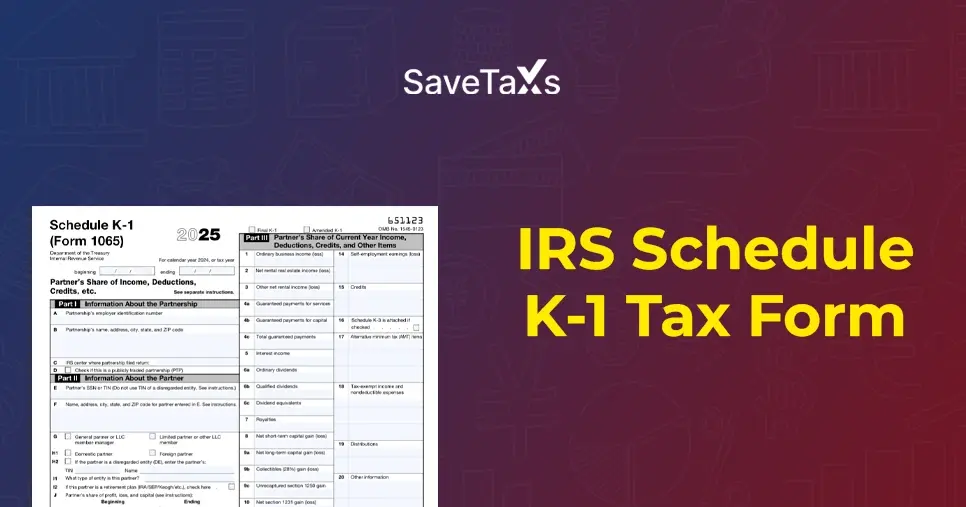

_1756467732.webp)
